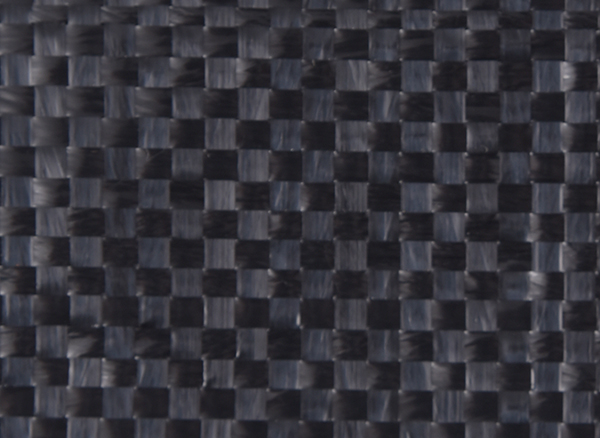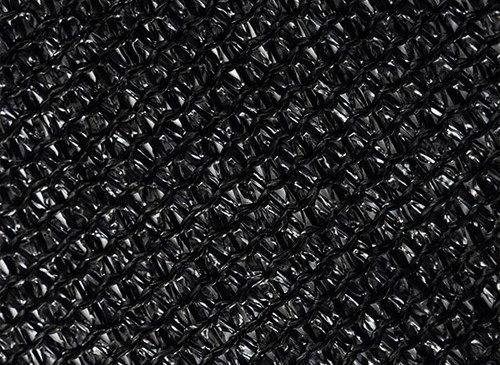Ground Cover plays a pivotal role in modern agriculture, acting as a protective blanket over the soil that suppresses weeds, conserves moisture and improves crop uniformity. From large commercial farms to smaller production units, ground cover materials have shifted from optional coverings to strategic components in field production systems. Their influence reaches soil health, labour efficiency and yield stability, turning a simple sheet of fabric into a microclimate manager, a water preserver, and a yield protector all at once.

Ground Cover Efficiency Gains in Crop Production
In production operations, ground cover reduces the need for repeated herbicide passes, cuts labour time, and limits soil moisture loss. Reports indicate that farm plots using high-quality ground cover experience water evaporation rates 20 % to 30 % lower than bare-soil plots. Where typical tillage systems required four passes per season, plots with ground cover reduced passes to two or three while maintaining weed control. On a 500-hectare scale, such reductions translate into dozens of machine-hours and several thousand dollars saved in fuel and labour. Ground cover acts like an invisible workforce, silently managing soil microclimate, preserving nutrients, and allowing crops to grow in steadier conditions, while reducing human and machinery dependency.
Ground Cover Feedback and Grower Outcomes
Grower feedback emphasizes that ground cover brings measurable benefits in crop uniformity, soil temperature moderation, and root development. Operators report that areas under ground cover remain approximately 2 °C cooler during heat peaks, resulting in less stress on plants and more consistent growth. Yield improvements range between 5 % to 8 % for various vegetable crops, while disease incidence decreases by around 10 % due to reduced soil splash. Farmers often compare adjacent plots—one with ground cover and one without—and notice fewer hand-weed interventions, cleaner produce, and stronger early-season establishment in ground-covered fields. Ground cover, in this sense, is not just a protective material, but a performance investment that strengthens overall farm efficiency.
Comparative Data: Types, Protection Thresholds, and Peer Practices
Ground cover materials vary widely. Polypropylene fabrics provide 3 to 5 years of durability, jute-based mats are biodegradable with 1 to 2 years of service, and lightweight synthetic mats offer quick installation but moderate longevity. Different crops demand different coverage: leafy greens thrive under 50 %–60 % coverage, while delicate flowers and vine crops perform well under 70 %–85 %. Targeting 50 % to 80 % coverage protects against wind and water erosion, reducing soil displacement and nutrient loss. Compared to bare soil or conventional mulch, premium ground cover reduces replacement frequency, lowers labour inputs, and allows the farm to break even in roughly two growing seasons. Factories producing ground cover focus on weight consistency, tensile strength, and water permeability to meet these field performance benchmarks.
Challenges and Innovations in Ground Cover Deployment
Large-scale ground cover deployment faces challenges such as fast installation, anchoring under strong winds, and maintaining consistent water infiltration. Innovations like automated roll-out machines, heat-sealed edges, pre-cut widths, and UV-stabilised fabrics address these issues effectively. Some operations integrate soil moisture sensors beneath ground cover to monitor retention rates, confirming that soil retains 10 % to 15 % higher moisture during dry spells. How can uniform tension and coverage be guaranteed across vast fields? Technology provides answers: precision laying equipment, sensor-assisted alignment, and robust anchoring systems convert passive ground cover into an active, data-driven production tool.
Conclusion
For agricultural producers seeking efficiency, sustainability, and yield stability, Ground Cover is far more than a protective sheet—it is a strategic instrument. It suppresses weeds, reduces labour hours, conserves moisture, enhances crop growth, and supports sustainable farm operations.



 英语
英语 西班牙语
西班牙语










